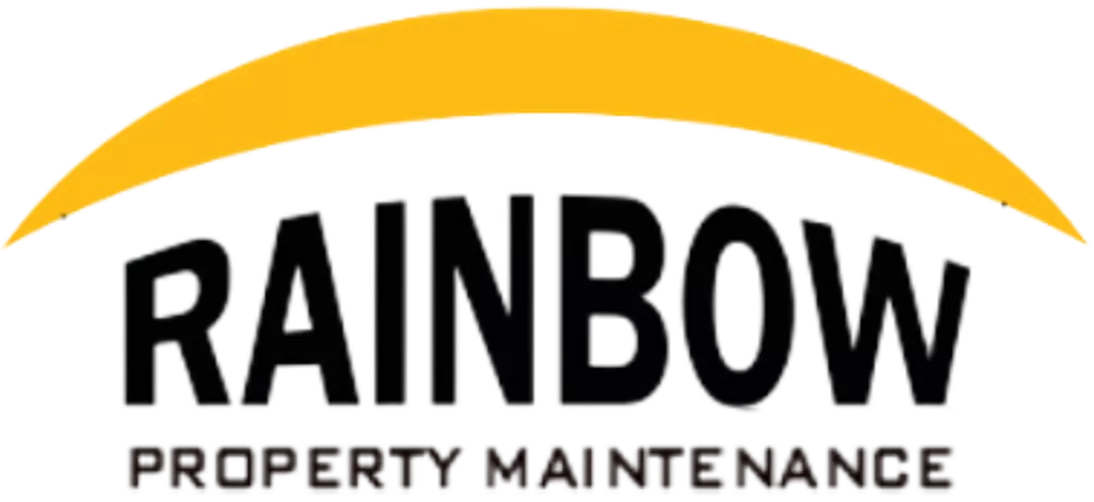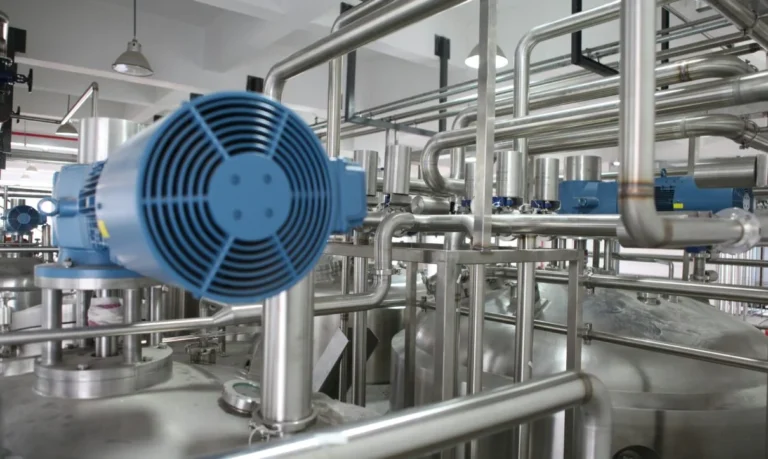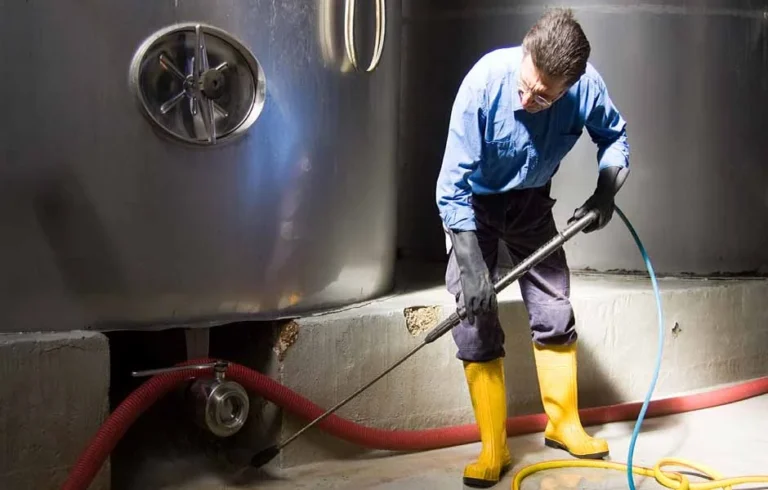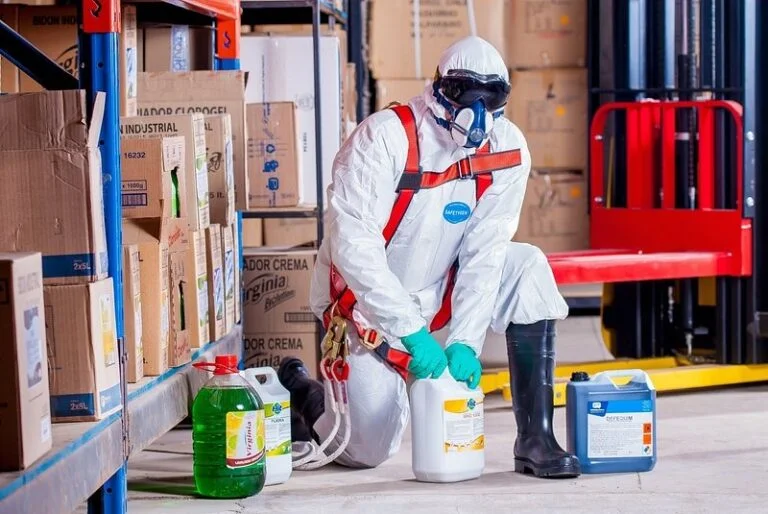Innovative Technologies and Solutions for Tackling Tough Coatings in Industrial Cleaning
Innovative Technologies and Solutions for Tackling Tough Coatings in Industrial Cleaning
In the world of industrial maintenance, removing tough coatings is not just about cleanliness, it’s about productivity and safety.
Cutting-edge technologies and solutions have revolutionized the process of dealing with challenging industrial coatings, offering efficiency and reliability.
Key Takeaways:
- High-powered innovations: The impact of advanced machinery and new chemical solutions.
- Eco-friendly approaches: How the latest technologies are environmentally conscientious and sustainable.
- Cost-effectiveness: Innovative methods can lead to a reduction in both time and expense.
- Improved safety and compliance: New technologies ensure adherence to safety standards while protecting workers.
- Broad applicability: Solutions tailored for diverse industries with varying types of tough coatings.
Understanding Tough Coatings
Industrial settings can be harsh, and the coatings used to protect equipment and surfaces are no exception. These coatings are formulated to withstand extreme conditions, but when the time comes for them to be removed or replaced, their durability presents a significant challenge. The task is further complicated by the diverse range of coatings deployed in various industries.
Different Types of Coatings
The landscape of industrial coatings is characterized by a broad spectrum of materials, each responding distinctly to cleaning methods. Epoxy resins, known for their strong adhesive properties and chemical resistance, are particularly prevalent. Polyurethane coatings are favored for their versatility and durability. Elsewhere, one might encounter powder coatings that demand specialized removal techniques due to their thermoset qualities.
The Challenge of Removal
Persistent and non-removable by design, these coatings were never meant to be easy to strip away. Over time, they chemically bond with the surfaces they cover, creating a removal conundrum that traditional approaches struggle with. Additionally, some coatings may pose environmental hazards if not handled correctly, adding layers of regulatory compliance to the process.
The task of applying innovative technologies becomes not only a matter of efficacy but also of pursuing green cleaning practices. Stripping tough coatings without causing surface damage or exposing workers to toxic substances is a high-stakes endeavor, but it’s one that Rainbow Property Maintenance is committed to mastering.
In the next section, we dive into the arsenal of technologies that turn this formidable task into a manageable one—safely, efficiently, and sustainably. Ready to see how we tackle the toughest of coatings? Explore our Commercial Floor Cleaning Services, ideal for even the most stubborn industrial challenges.
## Technological Breakthroughs in Coating Removal Advancements in industrial cleaning are swiftly altering the landscape for businesses grappling with the removal of heavy-duty coatings. Traditional methods can fall short, often requiring excessive labor, time, and risk to personnel and the environment. Enter the latest brigade of machinery—high-powered, precision-targeted, and adept at peeling back the layers of even the most tenacious coatings.### Machinery: Power Meets Precision New machines offer a balance of brute strength and finesse, designed specifically for coating removal. We’re seeing equipment that combines heat, pressure, and abrasives in a way that rapidly breaks down coatings without harming the substrate. For example, high-pressure water jetting systems, which once merely made surfaces damp, now blast through coatings with precision, minimizing waste and water usage.### Laser and Ultrasonic: The Future is Bright Laser and ultrasonic technologies are no longer the stuff of science fiction; they are revolutionizing the way we approach stubborn coatings. Lasers deliver concentrated heat to obliterate coatings without damaging the underlying material, while ultrasonic technology uses high-frequency sound waves to disrupt the bond between the coating and its surface at a microscopic level.Both technologies represent a leap forward in green cleaning practices. They reduce the need for harsh chemicals and manual scrubbing, mitigating environmental impact and improving workplace health and safety. Moreover, they exemplify cost-effectiveness by slashing hours off traditional removal processes—time that can be reinvested into core business activities.By embracing these technologies, we position ourselves at the vanguard of industry standards, offering our clients efficient, eco-friendly, and economical solutions for their toughest challenges.Are you ready to see what these technological marvels can accomplish for your business’s coating dilemmas? Explore our Commercial Floor Cleaning Services, where tough coatings meet their match.
Chemical Solutions and Innovations
Chemical innovations in industrial cleaning are paving the way for more sustainable and effective practices, particularly when it comes to the removal of hardy coatings. The development of chemical removers and solvents has accelerated rapidly, as environmental regulations become stricter and businesses strive for greener operations.
Reinventing Chemical Removers
Traditional strippers often contained harsh ingredients, posing risks to workers and the environment. Modern formulas are a departure from this former standard, as they combine potency with safety. The latest wave of solvent innovators have produced solutions that are biodegradable, boast low volatile organic compound (VOC) levels, and reduce hazardous waste.
These novel chemical agents are capable of breaking down complex coatings and facilitating their removal without the need for abrasive techniques that can damage the surface or machinery. They represent a convergence of efficiency and ecological consciousness, embodying the principles of green cleaning in every drop.
Success in Practice
Real-world applications showcase these chemicals’ prowess. From aerospace, where precision and safety are paramount, to the maritime industry, where vast surfaces require treatment, these new formulas have proven their worth. Projects that previously would have taken days, consuming resources and labor, are now completed with a fraction of the effort and none of the ecological guilt.
Through case studies, we observe not only the efficacy but also the economic benefits. The reduced need for equipment and labor, coupled with shortened downtime, translates directly into savings—savings that businesses can invest elsewhere to drive their growth and innovation.
As we adopt these advanced chemical solutions, we embrace a future where tough coatings no longer dictate terms. Instead, it’s our sophisticated arsenal of eco-friendly removers that sets the pace—keeping both the planet and bottom lines in good health. Learn more about our full spectrum of Industrial Cleaning Services in Chicago, where suitability meets sustainability head-on.
## Automation in Industrial Cleaning The advent of robotics and automated systems is dramatically simplifying the complex task of removing tough industrial coatings. By harnessing the precision and consistency of automation, businesses are witnessing a transformation in the upkeep of machinery and facilities.### The Rise of Robotic Workmanship In the scrub-down of resilient industrial coatings, robots are being called to the front-line. They offer a wealth of advantages, from consistent pressure during abrasive blasting to exacting movements in areas that human hands may find challenging to reach. These mechanized aides work tirelessly, reducing the strain on human labor and ensuring a thorough job with every pass.For coatings that cling with vehemence to surfaces, automation has proven to be an asset in dislodging and cleaning without inflicting damage. With meticulous control and repeatable precision, robots apply techniques uniformly, leaving no spot untreated.Maintenance tasks that were once daunting, consuming inordinate amounts of time and effort, are now streamlined. The operational efficiency that automation brings to the table is not just impressive—it’s reshaping industry expectations. Combined with green cleaning principles, automated systems ensure jobs are completed not only with greater speed but also sustainably.Our investment in automation reaffirms our commitment to maintaining the highest standards of service. Through continual refinement and integration of cutting-edge technologies, we bolster our ability to tackle even the most obstinate coatings, all while keeping the well-being of both people and the planet at the forefront.As we navigate the evolving landscape of industrial cleaning, the role of automation stands out as integral to progress, pushing the boundaries of what is achievable in terms of both outcome and operational efficiency.Ready to discover how automation is powering up the cleaning industry? Explore our Commercial Floor Cleaning Services to see these innovative systems in action.
Safety and Compliance
Within the industrial cleaning sector, safety and compliance are non-negotiable pillars that uphold the integrity of operations. Innovative technologies have become instrumental in streamlining these aspects, making procedures not only more efficient but also more secure for all involved.
Preserving Regulatory Compliance
In the age where regulatory requirements tighten their grip for the sake of environmental conservation and worker safety, businesses bear the responsibility to adapt. The deployment of cutting-edge cleaning solutions facilitates this adaptation, as they are often designed with regulatory benchmarks in mind. These technologies minimize the release of harmful substances and curb the incidence of workplace hazards, aligning their function with the stringent standards set by health and safety agencies.
Laser, ultrasonic, and automated technologies address this by diminishing the need for caustic chemicals and reducing the physical demands placed on workers. The end result? Compliance becomes less of a hurdle and more of a seamless aspect of daily operations.
Enhancing Worker Safety and Health
The health implications for staff in industrial settings have elicited significant concern. Traditional cleaning methods can expose workers to risky scenarios, where the use of volatile solvents or engagement in labor-intensive tasks can lead to injury or long-term health issues. By integrating advanced technologies into their cleaning routines, businesses drastically minimize these exposures.
The reduction in direct contact with toxins, coupled with more automated processes, slashes the potential for accidents and health-related casualties. Employees can take comfort in cleaner, safer workplaces where the risks of their duties are actively mitigated through technological foresight.
By intertwining safety and compliance with the latest technological advancements, we’re not just addressing present needs—we’re setting new precedents for the future of industrial maintenance. It’s within this context that our dedication to protecting workers and adhering to regulations shines brightest.
Experience firsthand how we merge innovation with a commitment to safety and compliance through our comprehensive suite of cleaning services. Learn more about our Industrial Cleaning Services in Chicago.
The Economics of Advanced Cleaning Solutions
In today’s competitive market, the integration of new technology within industrial cleaning practices isn’t just a nod to innovation—it links directly to financial prudence. The cost-benefit analysis of incorporating advanced cleaning technologies into daily operations unveils significant long-term savings for businesses.
Assessing the Value of Investment
Let’s break down the financial sense behind these high-tech cleaning methods. Initially, the upfront investment in innovative technologies like laser cleaning or automated machinery may appear considerable. However, when we analyze this expenditure alongside the operational enhancements they bring, the long-term perspectives begin to shift.
These tools reduce manual labor requirements, cut down on cleaning times, and minimize the consumption of cleaning agents—which, in turn, translates into a reduction of operational costs. The math is clear: investing in advanced technologies eventually culminates in considerable savings on maintenance and manpower.
Longevity and Efficiency: A Balancing Act
One often overlooked factor in financial planning is the longevity of assets. Equipment that lasts longer translates into delayed replacement costs. Innovative cleaning technologies not only clean more effectively but do so without degrading the assets they’re cleaning. This dual benefit of maintaining asset integrity while conducting deep cleanings epitomizes efficient resource management.
What’s more, the efficient methods offered by these technologies mean reduced downtime—a crucial advantage in any industry where every minute of productivity counts. Ultimately, a business that aligns with advanced cleaning solutions is one looking not just at the books of today but also preparing for the fiscal health of tomorrow.
In essence, the economics behind these cleaning innovations paint a picture of forward-thinking monetary strategy. For businesses looking to streamline budgets without compromising on quality, advanced cleaning technologies offer a compelling argument married to a sound fiscal outcome.
With eyes on both immediate results and long-term financial health, discover our Industrial Cleaning Services in Chicago to learn how these solutions can be part of your business’s economic planning.
Case Studies: Success Stories of Tough Coating Removal
Triumphs in the Field
The journey of commercial cleaning companies is marked with stories of overcoming formidable projects that have tested the limits of conventional cleaning methods. It’s in these narratives that we uncover the real-world effectiveness of innovative technologies, paving the way for breakthroughs in industrial cleaning.
Consider the scenario of a manufacturing plant burdened with decades-old, resilient paint layers on its factory floor. Traditional methods had failed, resulting in lost hours and frustrated attempts. The introduction of laser cleaning technology turned the tide, stripping the paint efficiently without damaging the underlying concrete. The operation was swift, the downtime minimal, and the cleaning executed with unmatched precision.
Another case involved the maritime industry, where a vessel’s hull was covered with a thick layer of marine growth and old coatings. Here, high-pressure water jetting systems stepped in, removing the coatings and bio-fouling without the need for abrasive chemicals that could harm marine life. The job completed not only met the industry’s strict standards but did so in an environmentally friendly manner. The vessel returned to service faster than anticipated, proving the economic benefit of adopting such technologies.
These examples stand as testaments to the profound impact that cutting-edge cleaning solutions have on industrial operations. They highlight how embracing new methods can overcome seemingly insurmountable challenges, transforming them into stories of success that can inspire an entire industry.
As we collect these stories, they form a collective narrative of progress, resilience, and commitment to excellence. They are concrete evidence of our ability to navigate the toughest of cleaning tasks with innovative solutions.
If these vignettes of victory speak to the challenges your business faces, we invite you to explore how our experience can benefit you. Explore our Commercial Floor Cleaning Services and join the ranks of businesses moving forward with state-of-the-art cleaning technologies.
Conclusion
The quest to eradicate tough industrial coatings is laden with formidable challenges. Yet, as we have discussed, modern advancements in cleaning technology have equipped us to approach these tasks with greater efficacy and reliability. By integrating these innovative methods, we have observed firsthand the tangible benefits: heightened efficiency in operations, notable improvements in safety, and contributions to environmental sustainability.
Real-World Examples
Through real-world examples, we’ve seen companies turn once arduous tasks into streamlined, cost-effective operations. Facilities once plagued by tenacious coatings are now benefiting from laser precision, ultrasonic power, and the unwavering consistency of automated systems. These stories are not mere isolated incidents but emblematic of a broader shift towards smarter, cleaner, and safer industrial maintenance practices.
Advancements and Benefits
Moreover, these advancements bolster compliance with strict regulatory standards while safeguarding the health of workers. In the grand scheme, the economic implications are clear—by investing in these technologies, businesses can achieve considerable long-term savings. Efficiency is no longer just about speed but about maximizing every dollar for optimal operational functionality.
We stand at the forefront of this industrious revolution, offering service solutions that encapsulate this modern ethos. Our commitment extends beyond just providing a service. It is about revolutionizing the manner in which industrial cleaning tasks are perceived and executed.
To experience the full spectrum of these benefits within your own operations, we encourage a proactive stance. Explore our Commercial Floor Cleaning Services, specifically designed for tackling the toughest of industrial coatings. And should you require a comprehensive approach to facility maintenance, learn more about our Industrial Cleaning Services in Chicago. Let these advanced methods transform your maintenance routines and elevate your industrial processes to new heights of excellence.
Frequently Asked Questions (FAQ):
What types of coatings can these technologies address?
Innovative cleaning technologies can tackle a variety of coatings, including epoxy, polyurethane, and others that are typically difficult to remove.
Are these technologies safe for use in all industrial environments?
New technologies are developed with safety as a priority, ensuring they can be safely implemented across different industrial settings.
How do these solutions affect the environment?
Many of the newest solutions focus on minimizing environmental impact, using non-toxic materials and sustainable practices.








